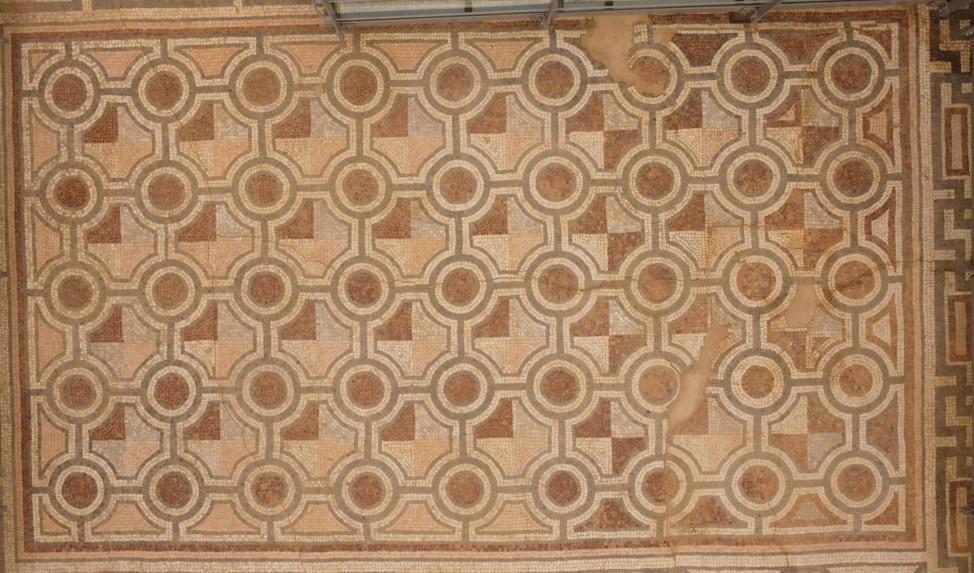
A Roman Bath, which was built in the fifth century A.D. and used for 200 years, has been restored in the ancient port city Anemurium, located on a 600-hectare area in the southern province of Mersin. While the cleaning and restoration works of the floor mosaic in the dressing room of the bath continue, this year the bath started to host visitors.
A restoration project has been prepared for the Small Bath, which is one of the five bath structures in the ancient city, which has a floor heating system.
Stating that it is one of the five Roman bathes in the ancient city, the head of the excavations, Professor Mehmet Tekocak said that since it is the smallest bath in the city, they call it Small Bath.
“It was perhaps the first of the Roman baths that you can visit in the region with its floor mosaic and all its spaces. Because we know that there are remains of baths in many ancient cities in the region, but most of them have not been cleaned, excavated or restoration projects have been completed yet. Here, we have made this building so that it can be visited in all four seasons,” he said.
Speaking about the bath, Tekocak said, “The dressing room of the bath serves as a kind of entrance space. It was called the Apodyterium place in ancient times. In other words, when the people came here, they would take off their clothes and go to other parts. This is a bath with underfloor heating. We think that the building has two phases. It was even smaller than that when it was first built. We know that a person from Anatolia, Flavius Zeno, made a very important contribution to the region after he became the Roman Emperor, provided economic support and engaged in reconstruction activities in the later period.”
Tekocak noted that they continue the cleaning, conservation and restoration works on the floor mosaic decorated with geometric ornaments in the dressing room of the Anemurium Small Bath.
“This work has been going on for about six months. The limestone and clay layers accumulated on the surface of the stones that make up the mosaic, which we call tessera, are cleaned by the restorers by both mechanical and chemical cleaning. This work will be completed after about 15-20 more days. Visitors can see how the restoration is done and also visit the building during the day,” he added.